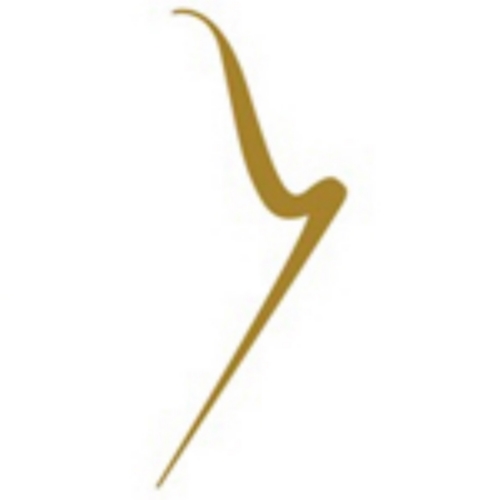Unsuk Chin is comparatively rare in the classical music world because she is a) alive and b) a woman and c) from Korea. Her music transcends these labels and has allowed her to develop a unique language of sound that explores all manner of structures, forms and colours.
Chin’s Violin Concerto was written in 2001 and is one of her most popular works, receiving the Grawemeyer Award in 2004. The work is a traditional 4 movement structure, though it can feel a little unbalanced. The first 2 movements are comparatively long with some sustained musical exploration , while the second 2 much shorter. To give you an idea, the 1st movement is around 10 minutes long, while the 3rd is only 3 and a bit minutes long.
There are sections where the two harps are independent and the second harp part is equal in importance to the first, and then other times when the two are in unison, either in terms of rhythm but not notes, and sometimes (particularly in the last 2 movements) both rhythm and notes.
In terms of playability, I’ve encountered much worse. Yes, the beats are often subdivided, but the rhythms are mirrored in each hand, so no nasty 17 against 13 or anything like that. There are a large number of harmonics in both hands, so if you have to play this work and haven’t got some good harmonic callouses going, then now is the time to start working on those babies. You’ll need them.
The first movement is focused around quintuplets, but the beat itself is sometimes quite fast so the placement of the notes in the beat is more felt than counted. Unless you are really good at saying ‘Rimsky Korsakov’ repeatedly at crotchet=100.
The first movement is also characterised by some really large intervals in each hand. There’s a lot of jumping around and big spans of 4 3 2 1 placements, and unfortunately few opportunities to share the load between the hands.
You see what I mean.
The start of the second movement is crucial. The atmosphere is very still and quiet, and the two harps pick out rising groups of 4 against the meter of 3, while the violin interjects melodically. Harp 1 and 2 dovetail in their parts so there is an emphasis upon smooth ensemble and sound transfer between the two instruments, as well as knocking out constant LH harmonics and doing more of those big leaps in the RH. Yep- there’s a lot going on there, so head to that bit first in the practice room.
The third movement is the shortest of the bunch, and quite dancelike in its nature. The harp part for both this and the fourth movement is more sparse but very effective, with most of the doubling mentioned earlier occurring at this end of the work.
This is a part which has really grown on me. The writing is sometimes a bit too challenging in terms of what is required in the time allowed, but conversely there are times when it is quite sympathetically written for the instrument. There are times when you need to blend with your section, or with others around you, and times when you need to play with some soloistic flourish. In this, it draws on all your skills as an orchestral player.
Megan performed this work with the Melbourne Symphony Orchestra 21/4/18

